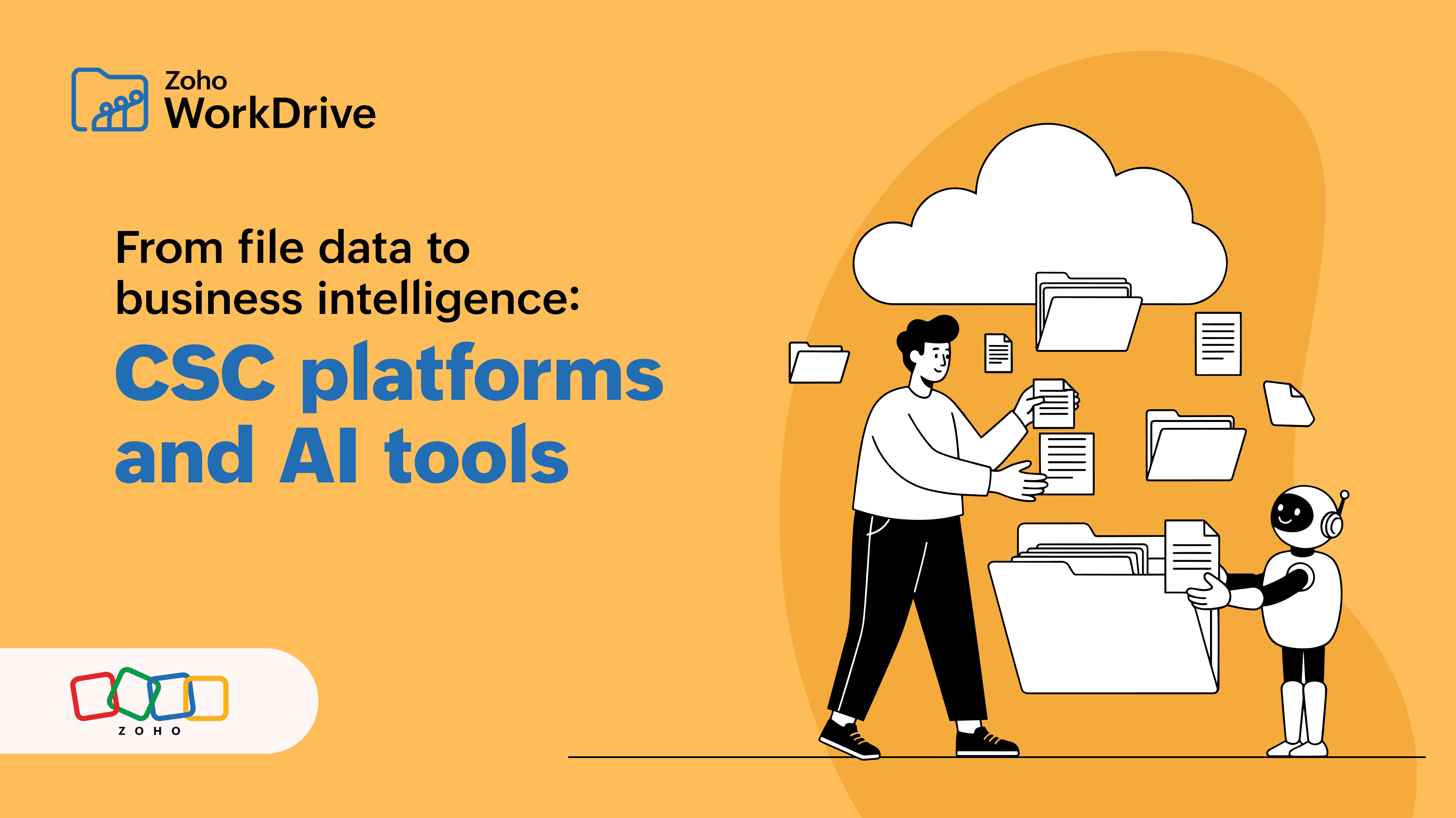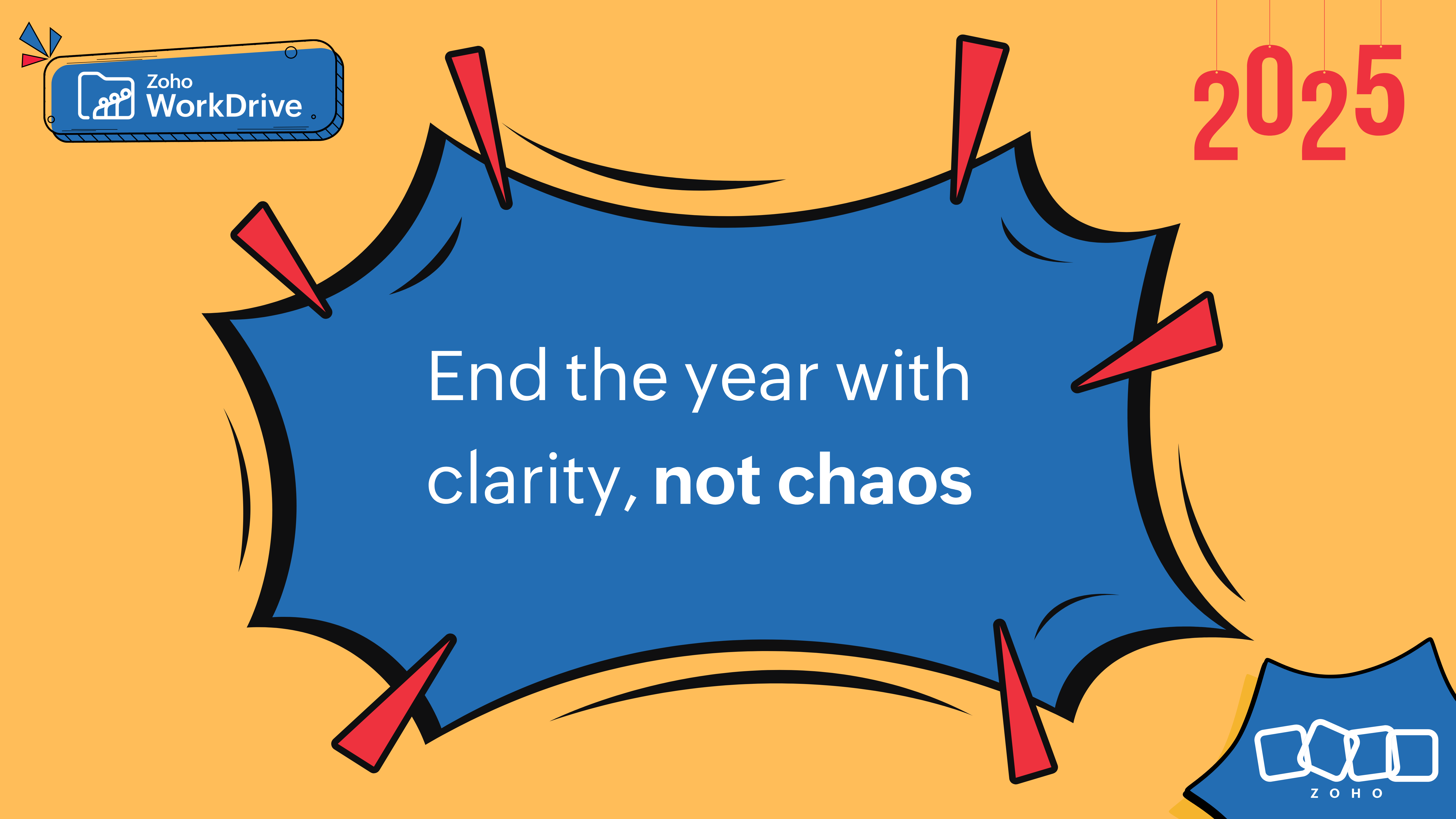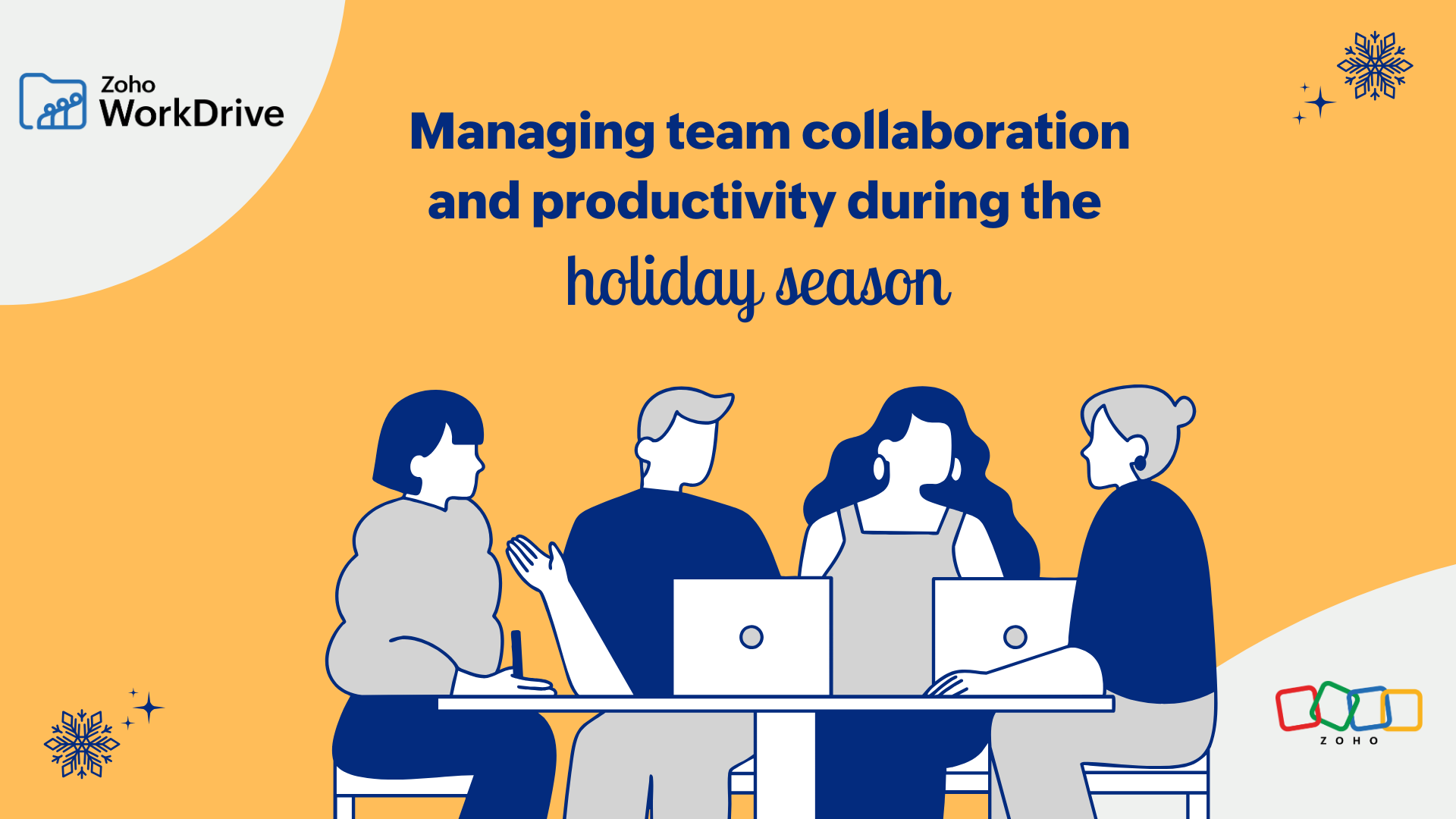- HOME
- Work Culture
- Top 5 collaboration challenges in the hybrid work culture
Top 5 collaboration challenges in the hybrid work culture
- Last Updated : August 23, 2023
- 1.6K Views
- 3 Min Read

In 2020, most of us experienced a complete transition from our established work cultures—and now it's time to prepare for another. Many businesses regard hybrid work as the way forward. This means companies will have to ensure seamless collaboration between employees who return to offices and those who work from home—a challenge exacerbated when employees are distributed across departments, locations, and time zones
Here are some of the biggest collaboration challenges hybrid workplaces may face, and our tips to overcome them:
1. Change in the company culture
In a hybrid model, the existing company culture may become diluted, causing employees to feel disillusioned with company values. How can you make everyone embrace the same values when they are spread around the world? What can replace good old-fashioned in-person collaboration, and daily water cooler talk?

In changing times, it’s necessary to review and adapt your company culture. A specific team should be established to create and define your new work culture. This team must consider various experiences within the organization, for both office-based and remote workers.
2. Poor communication
Disparities, silos, and information loss will surely occur if remote workers are not connected to employees in the office. Ensuring seamless collaboration among your distributed employees requires modern tools.

Organizations must make investments in digital infrastructure to achieve efficiency in communication, collaboration, and productivity. Many problems in the hybrid work model can be fixed with the right tools. Plenty of software is available to enable effective communication, such as Zoho Meeting and Zoho Cliq.
3. Minimum transparency
Many organizations struggle to pass on their vision and company goals to every employee. A lack of open and proper communication can negatively impact employee morale. Transparency helps remote and office-based employees feel like they're part of the same team.

Processes and procedures must be put in place to facilitate seamless collaboration and open communication. Communication is never disruptive when you use the proper routes and mechanisms.
4. Low engagement
A distributed workforce makes it harder for employees to build working relationships. When employees have friends at work, they are often more engaged and productive. People with a best friend at work are seven times more likely to be engaged at work.

One way to foster connections is through "away days" and brainstorming sessions. These are important team-building events as they provide a great opportunity for employees to get to know each other outside the workplace.
5. Poor employee wellbeing
It is easier to look after the physical and emotional wellbeing of an employee when they are in the office. It becomes more difficult when they are at home. Many people feel isolated or ignored when working from home.

A balanced approach to employee wellbeing is required to solve these challenges. Organizations have to focus on and invest in employees’ physical and mental health. And they must engage the same way with employees they see on a screen as they do with those they see in person.
With hybrid work still in its early days, companies are learning on the go. Teams are improving and leaders are becoming more adept at optimizing hybrid work environments. Your business can achieve seamless collaboration by demonstrating to your employees that you're fully dedicated to making your hybrid workforce effective.


